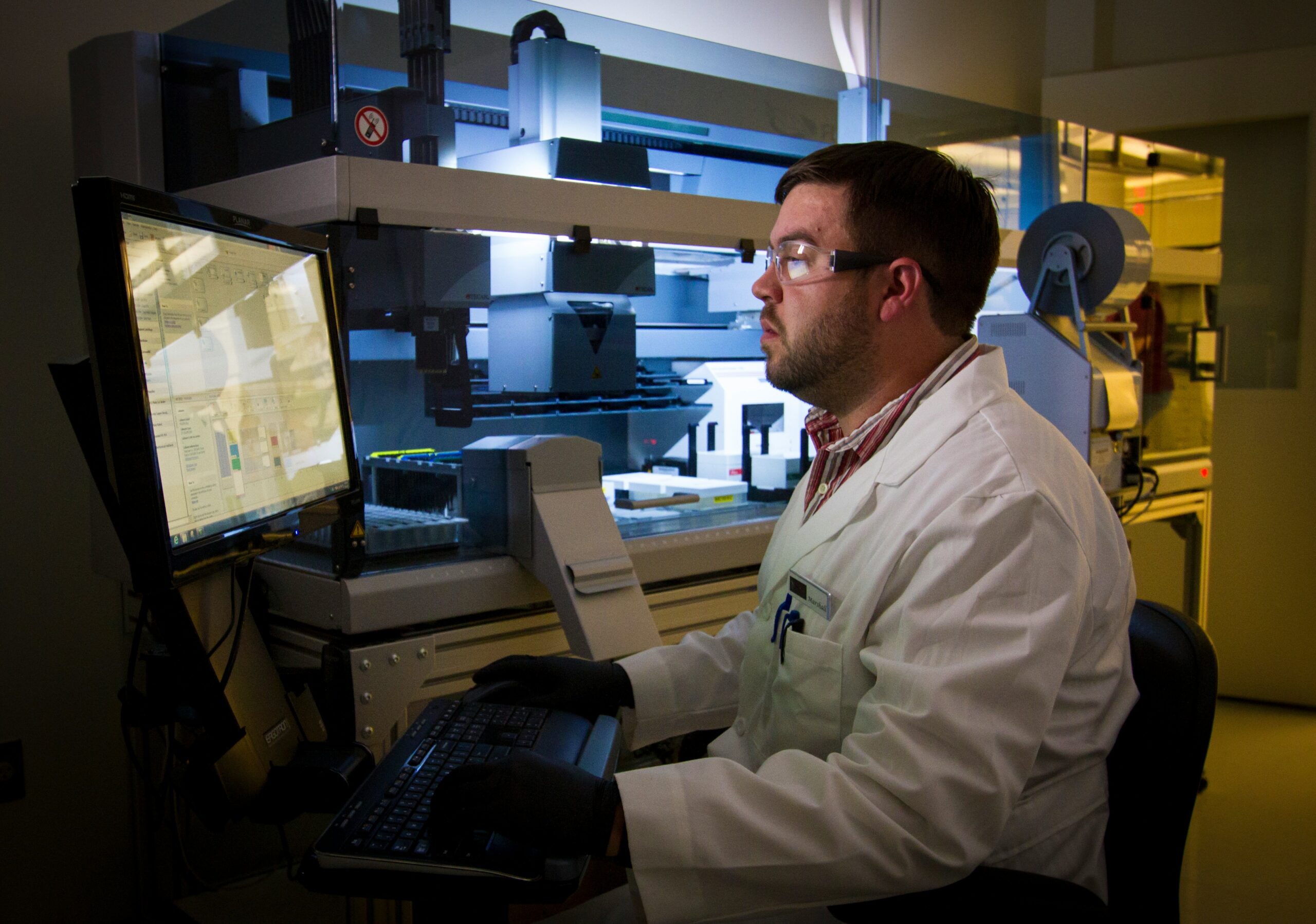Advancements in imaging technologies have revolutionised the detection, diagnosis, staging, and treatment monitoring of cancer, offering unprecedented insights into tumour biology, progression, and response to therapy. From traditional imaging modalities like X-ray and ultrasound to cutting-edge techniques such as molecular imaging and artificial intelligence (AI)-enhanced imaging, the landscape of cancer imaging continues to evolve rapidly, driving improvements in patient care and treatment outcomes. In this article, we’ll explore some of the latest innovations in cancer imaging technologies and their transformative potential in the fight against cancer.
1. Magnetic Resonance Imaging (MRI) with Multiparametric Techniques:Magnetic resonance imaging (MRI) has emerged as a versatile imaging modality for cancer diagnosis and characterisation, offering high spatial resolution and soft tissue contrast without ionising radiation. Recent innovations in MRI include multiparametric techniques that combine anatomical, functional, and molecular imaging parameters to improve the detection and characterisation of tumours. Multiparametric MRI integrates structural imaging sequences with functional imaging techniques such as diffusion-weighted imaging (DWI), dynamic contrast-enhanced (DCE) MRI, and magnetic resonance spectroscopy (MRS), enabling comprehensive evaluation of tumour morphology, vascularity, cellularity, and metabolism.
2. Positron Emission Tomography (PET) with Novel Radiotracers:Positron emission tomography (PET) imaging provides molecular insights into tumor metabolism, proliferation, and receptor expression, facilitating precise tumour localisation and characterisation. Recent innovations in PET imaging include the development of novel radiotracers targeting specific biological processes and molecular pathways associated with cancer. Radiotracers such as fluorodeoxyglucose (FDG), prostate-specific membrane antigen (PSMA), and prostate-specific antigen (PSA) have revolutionised cancer imaging by enabling accurate tumour staging, restaging, and treatment response assessment across a wide range of cancer types.
3. Molecular Imaging and Targeted Theranostics:Molecular imaging techniques leverage the use of targeted imaging agents and radiopharmaceuticals to visualise and quantify specific molecular targets and pathways implicated in cancer pathogenesis. Innovations in molecular imaging technologies, such as targeted theranostics, enable the simultaneous imaging and therapy of cancer by combining diagnostic imaging with targeted therapeutic interventions. Theranostic agents, such as peptide receptor radionuclide therapy (PRRT) and antibody-drug conjugates (ADCs), allow for personalised cancer treatment approaches that deliver precise, targeted therapy based on individual tumour biology and molecular signatures.
4. Artificial Intelligence (AI) and Machine Learning in Imaging Analysis:Artificial intelligence (AI) and machine learning algorithms are revolutionising cancer imaging analysis by automating image interpretation, enhancing diagnostic accuracy, and enabling predictive modelling of treatment outcomes. AI-powered imaging techniques, such as computer-aided diagnosis (CAD), radiomics, and deep learning, extract quantitative imaging features from medical images and correlate them with clinical data to predict tumour behaviour, treatment response, and patient outcomes. AI algorithms can analyse vast amounts of imaging data, identify subtle imaging patterns, and assist radiologists in making timely and accurate diagnostic and prognostic assessments, ultimately improving patient care and treatment planning.
5. Hybrid Imaging Modalities and Multimodal Imaging Platforms:Hybrid imaging modalities, such as positron emission tomography-computed tomography (PET-CT) and magnetic resonance imaging-guided radiation therapy (MRIgRT), integrate complementary imaging techniques to provide comprehensive anatomical and functional information for precise tumour localisation and treatment planning. Multimodal imaging platforms combine multiple imaging modalities, such as PET, MRI, and optical imaging, into a single imaging system, enabling simultaneous acquisition of complementary imaging data and enhanced diagnostic accuracy. These innovative imaging platforms offer synergistic advantages for cancer diagnosis, treatment planning, and therapeutic monitoring, leading to improved clinical outcomes and patient care.
Innovations in cancer imaging technologies are revolutionising the landscape of cancer diagnosis, treatment, and management, offering unprecedented opportunities for precision medicine and personalised care. From advanced MRI techniques and novel PET radiotracers to AI-powered imaging analysis and multimodal imaging platforms, these innovations are driving improvements in tumour detection, characterisation, and treatment response assessment. By harnessing the power of cutting-edge imaging technologies, healthcare providers can optimise cancer care delivery, tailor treatment strategies to individual patient needs, and improve outcomes for patients across the cancer continuum.
By cancer-research.org team.




